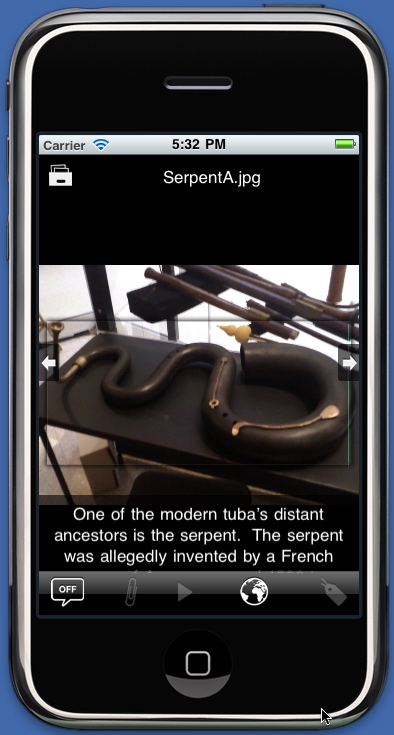Academic & Institutional Uses for MemoryMiner
When I first created MemoryMiner, I was scratching my own itch. I’ve told the story many times, but in case you’re new here, you can read all about it, or watch this presentation. While I had mostly been thinking in terms of personal stories from my life, and the lives of my friends and family, I’d always imagined that the way in which the software shows the intersection of people across place and time could be useful in many different scenarios.
Indeed, when I first showed the software at Macworld in 2006, I had a number of people come up and say, “This would be perfect for X” where X is anything from ethnography, police tracking of gang activity, musical education, etc. etc. Over the years, I’ve enjoyed hearing about some interesting uses to which my humble creation has been put. I therefore hope you’ll indulge me a little paternal pride in my software…
MemoryMiner at Duke University
This past Spring, I began working with Brenda Neece, a professor at Duke University who curates the Duke University Musical Instrument Collection (that’s DUMIC to you and me). MemoryMiner was used in one of her courses where the student assignment was to tell the story of various musical instruments along with the composers and performers most associated with them. Here’s an example piece about the tuba. I particularly like videos that were used as attachments. Some were of the student demonstrating the instrument, others of famous performers in a wide variety of styles.
Brenda is working working on a new series of projects, including one on the Duke Chapel Organ, which I look forward to sharing with you soon.
Remembering a Lost City
My last post about localizing the web viewer talked about one of my favorite testers who put together a fantastic series of historical photos capturing the history of the city of Karvinná, a Czech town whose original old buildings disappeared due to the ravages of heavy coal mining. I particularly like the way in which individual buildings are highlighted: it really shows the value of being to step inside a single photo and thus make multiple assets from a single item. I often get the question, “Can I treat objects as People?” which this collection does very nicely.
If your Czech is better than mine, you might enjoy reading this landing page taken from the Czech National Archives which talks about the Resting easily project:
The Value of Open Data Formats like RSS
Using MemoryMiner definitely requires effort: it takes time and care to put together quality collections. I’ve worked hard to match the efforts of my users by continually improving the software, both on the Mac desktop and on the web. When publishing to the web, an RSS feed is created, which can be continuously updated. In fact, there’s a great screencast on the Support Section on working with collections which demonstrates this nicely.
For the last few months, I’ve been at hard at work with Marcello from Wrinkly Pea to create a really beautiful viewer application for iOS (that means, iPhone, iPad, iPod Touch) which can read the very same RSS feeds created for use by the web viewer. Here’s a sneak peak:

The User Experience is really smooth, and takes maximum advantage of the hardware’s performance along with the natural feel that comes from touch interfaces. I can’t wait to get it on the App Store. Feedback from early testers has been overwhelmingly positive.
The Digital Humanities Are Hot!
A recent New York Times Article on the “Digital Humanities” gives a fine overview of the different ways in which software technology is bringing new life to the study humanities in all its many forms. I couldn’t be more pleased to have MemoryMiner contribute to this movement. To that end, I’m super excited to have a couple of projects underway, including one with the fine folks from THATCamp Bay Area, along with another one with some crazy-cool filmmakers I met at the Los Angeles Idea Project recently. Tomorrow, it will be my honor to participate at a convening held The Oakland Museum of California to discuss ways to get the most out of a major new collection of political posters they’ve acquired.
I’ve got my hands full, so it’s back to the coal mine for me. I promise not to let it ravage me like the city of Kavinná.
November 19th, 2010 at 12:47 am
[…] This post was mentioned on Twitter by John C. Fox, MemoryMiner. MemoryMiner said: Long overdue post on interesting Academic & Institutional uses of MemoryMiner: http://www.memoryminer.com/blog/?p=213 […]